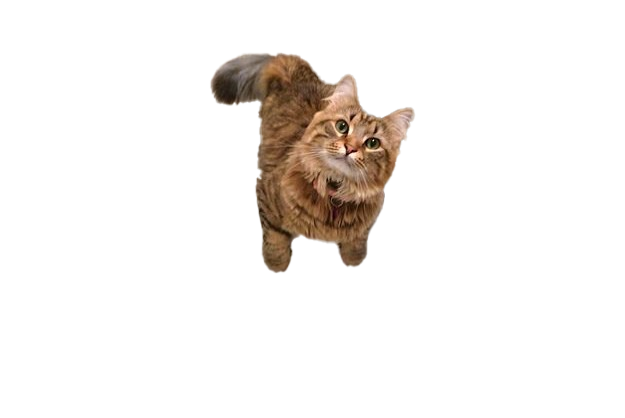
Body, Object, Resources
While water is the enemy, standardized hygienic systems require excessive volumes of water to move waste outside of architectural interiors. History shows that we moved from dry exterior strategies to wet interiors.
To study the actual bathroom use, behaviors and attitudes, we cannot miss the evolution of flush toilets.
- Intimate
interaction between fixtures and body
-
Water
resources dominate the flushing
- Attitude to the waste: Prevailing Euro-centric toilet system is the standardized design that requires meta-scale sewage systems and abundant water for plumbing.
Code: Domesticize Bathroom Results to Standardization
Code were set to insure the mitigation and safety of these wet system on the interior. Sophisticated, detailed, designed for efficiency and infinite replicability.
The domesticize trend result to standardization bathroom design. Our choose of fixtures, details, and floor plans are set up in a way that people feel it’s easy to keep hygiene. However, we still use lots of resources to clean up and we don’t notice it.
- In the first stages of analysis, the
research looked at the types of pipes designed to move waste – where pipe
diameters reflect requirement to optimize cumulative flow.
-
Partitions are coded to acoustically
buffer the liquid flux through architectural interior
-
layout and dimension of space is coded to
enable access, movement of bodies and waste, standardizing fixtures, ceiling
plan, and relationships of elements.



